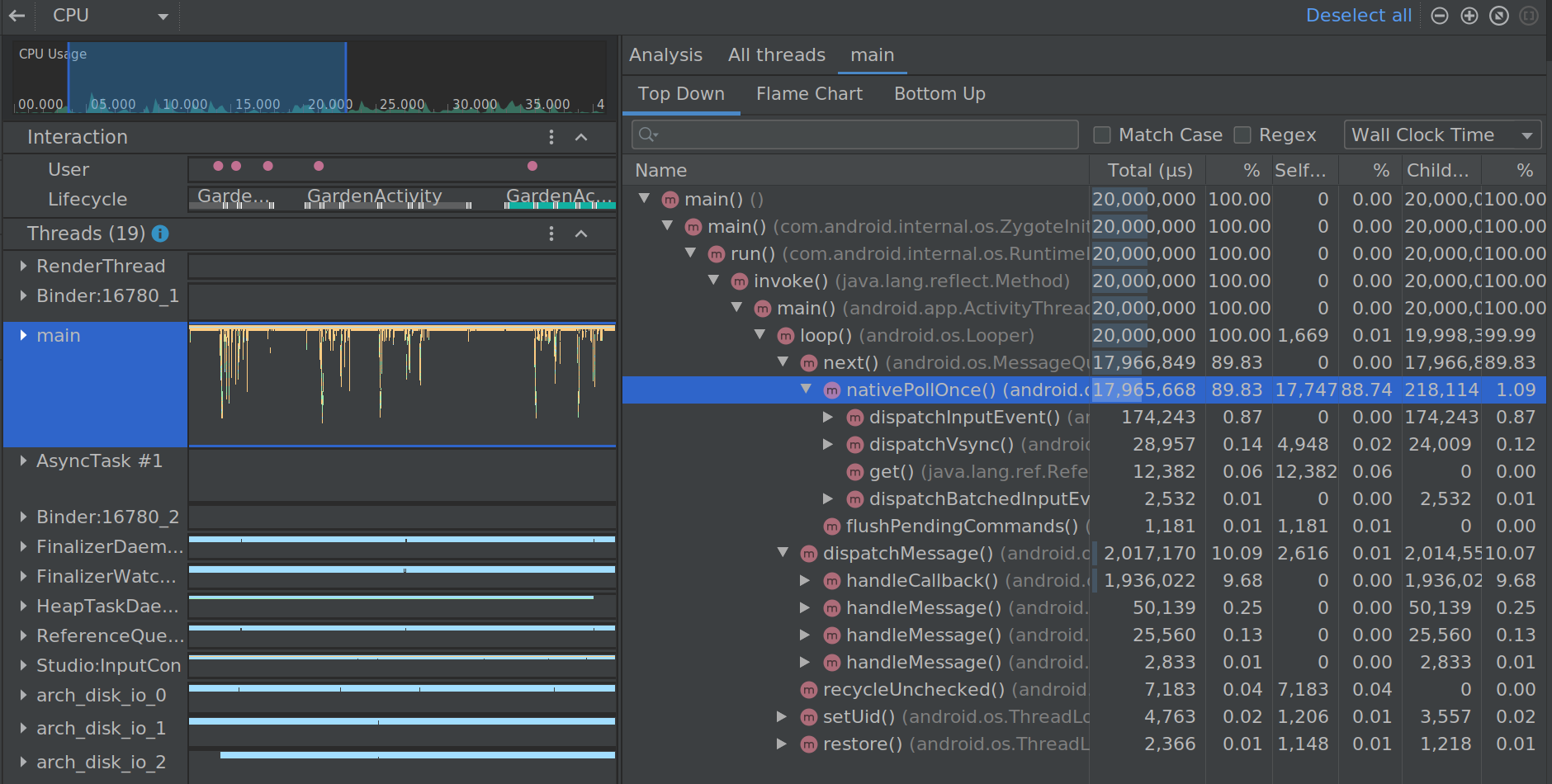

- #ANDROID STUDIO 3.0.1 DEBUG CRASH HOW TO#
- #ANDROID STUDIO 3.0.1 DEBUG CRASH INSTALL#
- #ANDROID STUDIO 3.0.1 DEBUG CRASH FOR ANDROID#
- #ANDROID STUDIO 3.0.1 DEBUG CRASH ANDROID#
- #ANDROID STUDIO 3.0.1 DEBUG CRASH PC#
#ANDROID STUDIO 3.0.1 DEBUG CRASH ANDROID#
Now you require to type the command “adb logcat AndroidRuntime:E *:S” to get the crash logs of the android applications. If everything is set up properly, you will see a list of devices attached as shown in the below figure: So, you would type the following commands to get into the platform-tools folder:Ĭ:\Users\(Username)\Platforms-tools> ADB devices I have given the name of the “android-SDK” folder to “Platform-tools”. So if (on Windows) your SDK folder is called android-SDK and it’s in your root (c:) directory or you can keep the “android-SDK” folder in any other directory like D, E, and more. This is done with the cd (change directory) command.
#ANDROID STUDIO 3.0.1 DEBUG CRASH HOW TO#
The most important thing to know how to access your ADB folder via commands. Now connect your android device or Emulator devices with the host computer via USB cable.

You need to go back to the previous screen to find Developer options at the bottom of the screen. To make it visible, go to Settings > About phone and tap Build number seven times. On Android 4.2 and higher, the Developer options screen is invisible by default. To use ADB with a device connected via USB, you must enable the USB debugging option in the device system settings, under Developer options. A) Enable “USB Debugging” Option of Android Devices: For average users, the only time you will require to use ADB is when you have step-by-step instructions. Now that you have the environment ready to use the ADB, get ready to use ADB to catch the crash logs of the android application whenever you face a crash error on your device. You can add environment variables by following steps which are available in the below link:
#ANDROID STUDIO 3.0.1 DEBUG CRASH FOR ANDROID#
D) Environment Variables for Android SDK: You can refer to the link below to add them: You need to add an environment variable for Java when Java is not accessible in your system. Need to set the Environment Variables for Java and Android SDK: C) Environment Variables for Java: You can download it from the below link:ĭownload and Keep the folder on any drive. If Java is not present in your system, you can download it from the below link:īeing a tester, you need to only download Android SDK Platform Tools instead of the complete ADT bundle.

Open the Command Prompt-> Type “Java -version” command->Enter You can check if Java is available or not in your system as given in the below figure:
#ANDROID STUDIO 3.0.1 DEBUG CRASH INSTALL#
If updated Java is already available in your system, you don’t need to install it. Java is mandatory before starting the ADB. In this article, we will run the commands to get the crash logs.
#ANDROID STUDIO 3.0.1 DEBUG CRASH PC#
ADB is basically a client-server program.ĪDB allows you to remold your device (or device’s software) via a PC command line. The ADB command provides multiple facilities like installing and debugging apps and you can also use it to run a command on an android device. ADB is an Android Debugging Bridge through which you can communicate with a device (Device may be an Emulator or a real connected device). What is ADB?īefore going into detail, let’s have a quick introduction to ADB. I will show you the working of ADB step by step. I would like to suggest you use ADB to get the crash logs by using Command Prompt. There are a lot of ways to take the crash logs of Android applications. Here is an easy way to capture the crash logs of Android Applications… We are not sure, as an Android application will not get a crash in the production environment since you were not able to take the logs of the random crash.ĭon’t worry, you can easily get the logs of android application crashes and show them to a developer so that they can easily fix the crashes on time and the user will not be able to face the crash error in the production environment. For instance, if you are testing a mobile application and suddenly you faced “Unfortunately application(name) stopped and you will try to reproduce the same error but you fail. Having said this, sometimes the “Crash” error occurs randomly. The application is being used by users or on server crashes. If you are a Mobile tester, this type of error will show up when, The whole application has stopped working. This error means there is a crash in the mobile application (IOS, Windows, and Android Applications).



 0 kommentar(er)
0 kommentar(er)
